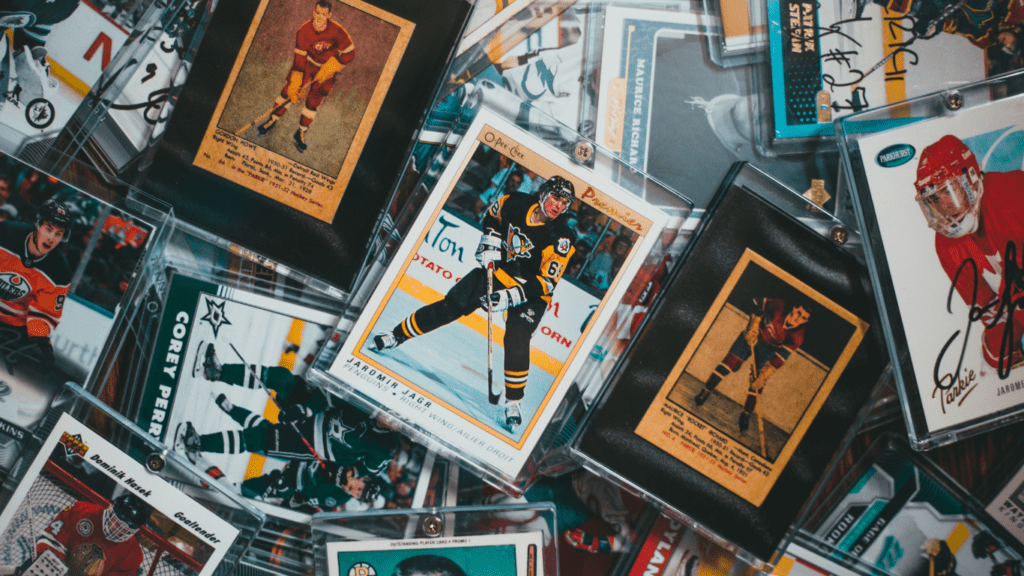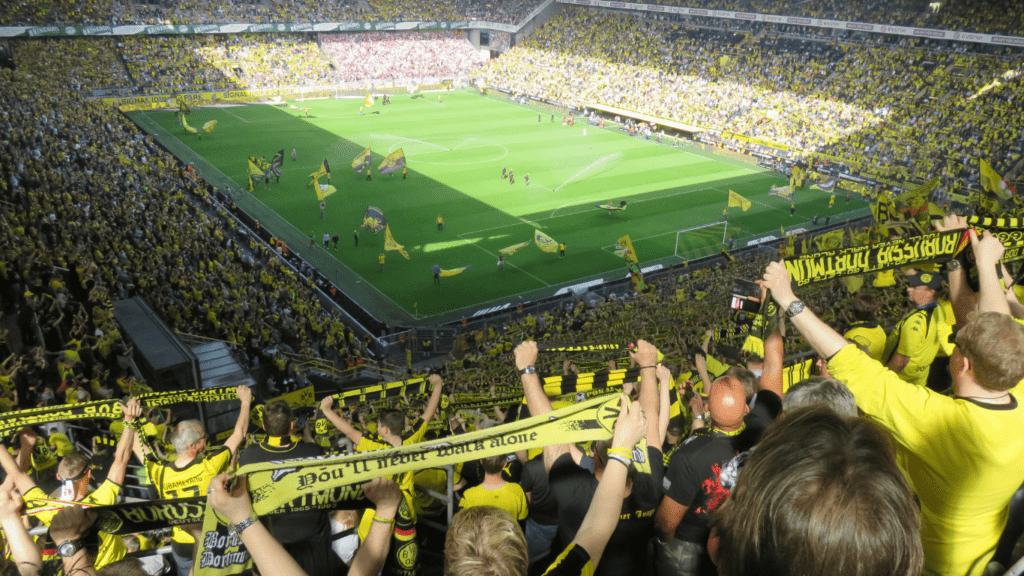Understanding NFTs and Their Rise
Non-fungible tokens (NFTs) represent unique digital assets verified using blockchain technology. Unlike cryptocurrencies, such as Bitcoin and Ethereum, which are fungible and can be exchanged on a one-to-one basis, NFTs are indivisible and each holds distinct value. This uniqueness has made NFTs particularly appealing for digital collectibles, including sports memorabilia.
NFTs first gained prominence with the release of CryptoKitties in 2017, a blockchain-based game where users can buy, sell, and breed virtual cats. The game’s success demonstrated the potential of NFTs to create and trade unique digital assets. The sports industry quickly recognized this potential, leading to collaborations with blockchain platforms to issue digital versions of trading cards and other collectibles.
A significant milestone in the rise of NFTs came in early 2021, when NBA Top Shot, an officially licensed NFT platform by the NBA, generated over $230 million in sales within the first quarter. Fans could own digital highlights of memorable basketball moments, adding a new dimension to sports collecting. This success validated the NFT model and attracted other sports leagues and organizations to explore similar initiatives.
The rise of NFTs also coincided with increased investment in cryptocurrencies and blockchain technology. As more people became familiar with these technologies, the comfort level with purchasing and trading NFTs grew. Additionally, the scarcity and uniqueness of each NFT made them desirable as assets that could appreciate in value over time.
The emergence of NFTs has thus revolutionized the sports collectibles market. Fans now have digital ownership that is secure, verifiable, and often accompanied by multimedia elements enhancing the collectible’s appeal. As NFTs continue to gain traction, their impact on sports memorabilia is expected to grow even further.
The Role of NFTs in Sports Collectibles

Major sports leagues quickly recognized the potential of NFTs in transforming the collectibles market. These leagues adopted NFTs to engage with fans in innovative ways.
Early Adoption by Major Sports Leagues
The NBA pioneered NFTs with its Top Shot platform, allowing fans to buy and trade officially licensed digital highlights. Launched in 2020, Top Shot generated $230 million in sales by early 2021. The league’s commitment to this new technology proved successful. Major League Baseball (MLB) followed with its own NFT platform, Candy Digital, partnering initially with digital assets related to Lou Gehrig’s “Luckiest Man” speech. Similarly, the NFL ventured into the NFT space, releasing digital memorabilia through partnerships with platforms like DraftKings.
Popular NFT Sports Collectibles
Several types of NFT collectibles gained popularity among sports fans. Digital trading cards featuring athletes’ images and stats became a favorite. Platforms like Panini America created blockchain-based digital cards representing players from different leagues. Another significant category includes digital highlights, or video clips of memorable in-game moments. NBA Top Shot’s Moments, representing iconic plays, quickly became top sellers. Virtual merchandise, such as digital jerseys signed by athletes, attracted fans seeking unique memorabilia. These diverse offerings expanded the realm of traditional sports collectibles, driving interest and investment in NFTs.
Enhancing Fan Engagement Through NFTs
NFTs have significantly transformed how fans interact with their favorite sports teams and athletes. By offering unique digital collectibles, teams can create exclusive experiences and provide real-world benefits for fans.
Exclusive Experiences for Fans
- Teams and organizations now offer exclusive experiences for NFT holders.
- Owning a limited-edition NFT might grant access to VIP events, such as meet-and-greets with players or behind-the-scenes tours of stadiums.
- The NBA’s Top Shot occasionally offers NFT holders special virtual events where they can interact with star athletes.
- Some teams have introduced loyalty programs where holding certain NFTs unlocks perks like early access to tickets or special merchandise.
Digital Collectibles and Real-World Benefits
Digital collectibles often come with real-world benefits, enhancing their value. For example, owning a digital trading card might provide discounts at the team’s online store or concessions during games. Arsenal FC experimented with NFTs that include both digital artwork and physical items, like signed jerseys. This blend of digital and tangible rewards enriches the fan experience and boosts their connection to their favorite teams. Additionally, these benefits can foster a sense of community among NFT holders, as they share experiences and advantages unique to their digital investments.
Economic Impact on the Sports Merchandise Market
NFTs have created new revenue opportunities in the sports merchandise market. Their integration into traditional sports collectibles has spurred significant economic changes.
Market Growth and Revenue Streams
The sports merchandise market has experienced notable expansion due to NFTs. Sales of digital assets, such as:
- virtual trading cards
- digital memorabilia
have reached substantial figures. According to sources, the NBA Top Shot platform alone generated over $230 million in early 2021 from the sale of NFT highlights. This influx of revenue has not only benefited sports leagues but also individual athletes who are creating and selling their own NFTs.
Sports organizations leverage NFTs to diversify their revenue streams. Teams and leagues sell digital products alongside physical merchandise, providing fans with a broad range of options. For example, fans purchase virtual jerseys signed by their favorite players, adding a digital dimension to traditional memorabilia. This diversification helps mitigate market risks and ensures a continuous influx of capital.
Challenges and Controversies
Despite the economic benefits, NFTs in sports merchandise face challenges and controversies. One major issue is the environmental impact of blockchain technology, which underpins NFTs. The energy consumption required for minting and trading NFTs has raised environmental concerns, leading some organizations to reconsider their strategies.
Market volatility also poses a risk. The value of NFTs can fluctuate significantly, making them potentially unstable investments. This uncertainty might deter fans and investors from entering the market, impacting overall revenue.
Moreover, intellectual property rights remain a contentious issue. As sports organizations and athletes create NFTs, disputes over ownership and royalties can arise. Ensuring that all parties receive fair compensation for their contributions to NFT content is crucial for maintaining industry trust and sustainability.
These challenges underscore the complexities surrounding the integration of NFTs into the sports merchandise market. While the economic potential is clear, addressing environmental, market stability, and intellectual property concerns is essential for long-term success.
Future Predictions for NFTs in Sports
NFTs are set to reshape the sports collectibles landscape in the coming years, with emerging trends and regulatory considerations coming to the forefront.
Emerging Trends and Innovations
Several trends are emerging within the sports NFTs market. One notable trend involves the integration of augmented reality (AR) and virtual reality (VR). These technologies enhance the user experience of owning and interacting with digital collectibles. For example, apps that let fans view their NFT player cards in 3D or experience iconic sports moments in VR are gaining popularity.
Another innovation is the incorporation of blockchain-based games that feature tradable sports NFTs. Users can engage in fantasy sports leagues or virtual competitions where NFT player cards have real in-game utility. Platforms like Sorare exemplify this trend by allowing users to manage teams composed of NFT player cards.
There is also a growing trend toward the fractional ownership of high-value NFTs. This concept opens the market to a wider audience, allowing fans with smaller budgets to invest in shares of expensive digital assets. For instance, a rare digital card of a legendary athlete might be divided into smaller, more affordable shares.
Regulatory Considerations
The growing prominence of NFTs in sports raises important regulatory questions. Governments and financial regulators are increasingly scrutinizing the NFT market to ensure consumer protection and market integrity. In the United States, the Securities and Exchange Commission (SEC) monitors digital assets to prevent fraudulent practices and maintain market transparency.
Intellectual property rights are another significant concern. NFTs often involve reproductions of athletes’ likenesses, team logos, and other copyrighted material. Proper licensing agreements are essential to avoid legal disputes and ensure fair compensation for all parties involved. Sports organizations must navigate these complexities carefully when creating and distributing NFTs.
Environmental impacts of blockchain technology also demand regulatory attention. The energy-intensive nature of blockchain networks like Ethereum has sparked discussions about sustainability. Efforts are underway to develop more energy-efficient blockchain solutions, and some regulatory bodies may introduce guidelines to promote green practices in the NFT space.
Emerging trends and regulatory considerations will shape the future of NFTs in sports, influencing how fans interact with their favorite teams and players.



